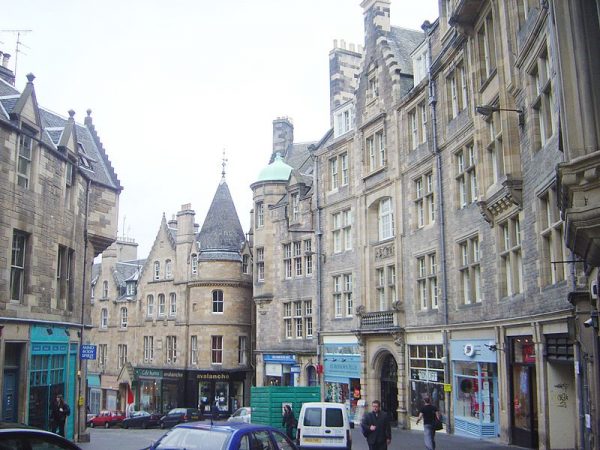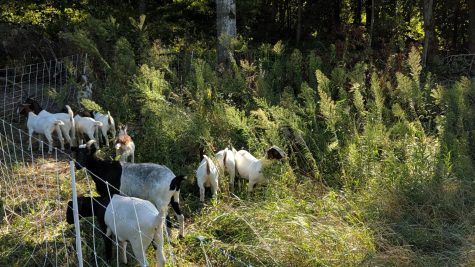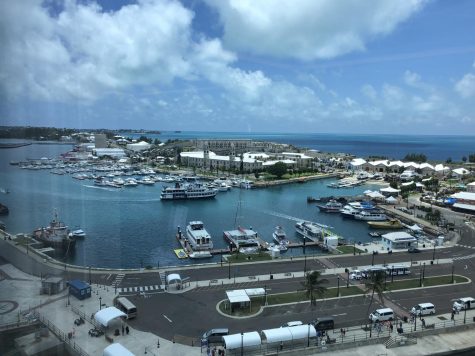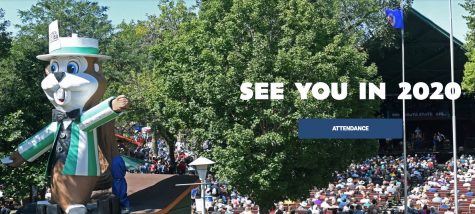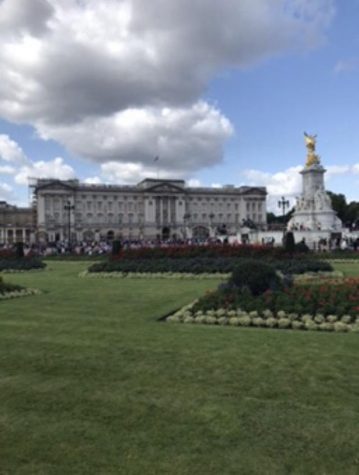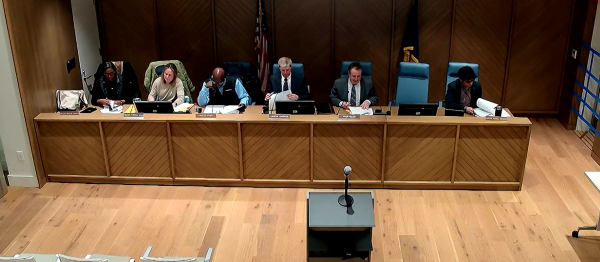Edinburgh: go ahead, pronounce it. Better yet, visit Scotland’s capital
EDINBURGH, Scotland—You’ve heard of London, of course.
You’ve heard of Manchester, Liverpool, Oxford, Cambridge, probably Glasgow, Cardiff, and Belfast too.
But Edinburgh?
Enbah-what?
Edinburgh.
Like Pittsburgh? Ee-din-burg?
No, borough, like one of the five New York boroughs, just less enunciated.
Edinboro.
Not quite.
Edinbruh?
No.
Yeah man, I’m your Edinbro.
… Close enough.
I was in Long Island a number of years ago with a few cousins, one of whom studied history at the University of Edinburgh. One of the cousins had brought her friend along for a few days, and we were all discussing school or something of that sort when the friend asked my cousin where he went to college. He replied Edinburgh.
“Where?”
“In Scotland.”
She paused.
“Do they speak Scottish in Scotland?”
Double take. Another pause.
“No, they speak English, but they have Scottish accents.”
“Oh,” she replied. “Accents are fun!”
Now, this is a broad generalization. Surely most Americans know what Edinburgh is and where it’s located, either because of Scottish ancestry, a high school geography quiz or a postcard with a kilt and a castle and a lot of plaid. But I see this as a great injustice to one of the planet’s finest metropoles.
You know why you should have heard of Edinburgh?
Because of Charles Darwin. That’s right. Origin of Species, survival of the fittest?
Because of J.K. Rowling and Robert Louis Stevenson, Mary Queen of Scots, Robert Burns, Sir Walter Scott, Alexander Graham Bell and Sir Arthur Conan Doyle.
Because of the annual Fringe Festival, the largest international arts festival in the world.
Because of a university founded in 1583 with easily the same caliber and history of Oxford and Cambridge.
Surrounded by the third largest oil supply in Europe.
The first time I visited Edinburgh I was newly nine years old, and every year since then I have attempted to return. In my mind, Scotland was a nation of crumbling mansions filled with pale people with funny accents beside monster-infested lochs, snowy mountains and dark green hills. I have since discovered that my imagination was largely correct, but I had no clue what to expect of the capital other than a small book of things to explore in the city called “Edinburgh Unlocked.”
I soon discovered that there are few experiences better than walking out of Waverley Station and feeling a strong, cold wind on your face, hearing the calls of seagulls and the clear chords of bagpipes, and facing a great, blackened spire—the Scott Monument.
Cobblestoned streets separate tall, stone buildings stained dark hues from age and weather. Princes Street is packed with tourists and trams, shops selling overpriced cashmere and high-class whiskey. Waverley Station lies smack in the middle of the city parallel to the Royal Mile, where churches, spires and chimneys climb to the peak of the city, with Castle Rock holding the great fortress Edinburgh Castle at its end. Hidden closes wide as a man’s arm span contain shadowed passages running down hill on steep stairs smeared with graffiti, haunted by ghosts. Ghost tours will take you to medieval tenements where guides spin tales of the bubonic plague and of waste chucked from windows and sliding down the hill to the Nor Loch, which today is the Princes Street Gardens, holding lush fields for dog-walking and rock concerts.
It was like Halloween in a city; I was completely in love.
Edinburgh is packed with dozens of magical little places. The Scottish Storytelling Center, with wild folktales from the highlands accompanied by a soft melody on harp. Or ye olde Christmas Shoppe looking about three centuries old with fading red and gold paint, open year-round. Or the Greyfriars Kirkyard, a cemetery said to have been home to Greyfriars Bobby—a dog who lay on the grave of his master fourteen years after his passing.
Greyfriar’s Kirkyard also contains headstones with now internationally familiar names such as McGonagall, Potter, and Tom Riddle, just down the street from the Elephant House, which J.K. Rowling was said to have frequented when living with her daughter and writing “Harry Potter and the Philosopher’s Stone.”
What I find remarkable is that Edinburgh is a tiny city, a sixth the size of London with around a sixteenth of the population, but with the same thriving lifestyle and diverse character.
It is laid out with wide streets filled with Costas and Cafe Neros for clean-shaven businessmen to stop into and out of, and posh stores selling expensive perfumes and suits to satisfy upper class shoppers. A few blocks away are shabby book stores next to dodgy phone repair shops next to hole-in-the-wall, two-quid fish and chips places. Streets with charity shop after charity shop, Tesco after Tesco. Side closes with a dark, musty record store or a little museum of famous British writers. Commercial Italian chain restaurants down the road from cheap ramen down the road from pubs from the 16th century.
On the edge of the city is the overlook Arthur’s Seat—a mighty cliff with a towering peak, covered in heather and rugged stone. It’s just visible in glimpses between buildings on the Southside. There’s a wicked gust from the sea at the top, where three miles north leads you to the sumptuous HMY Britannia, the Queen’s royal yacht. Thirty minutes to its left stands the stunning Forth Bridge, guarding the mouth of the Firth of Forth, neighbor to two other bridges each from different centuries and carrying trains from Edinburgh to Fife, Dundee, St. Andrews, Aberdeen, Inverness and beyond. At the foot of Arthur’s Seat sits a beautiful piece of architecture called Our Dynamic Earth, a kid’s museum of natural sciences.
The 436-year-old university, the National, Portrait and Modern Galleries, the endless tacky, tartan gift shops, the Murrayfield rugby stadium, Holyrood Palace with its haunted relics of Mary Queen of Scots and the castle holding the crown jewels and sounding a cannon over the city every day at 1 p.m. all represent a fiercely independent Scottish pride.
And the people: little Scottish school boys and girls with light eyes and freckles.
Thin, Scottish men with weathered faces, low voices, and tweed scally caps atop their heads. Or with thick beards, shoulders and laughs. Or the most aggressive ginger hair you could imagine. Refined, retired women from York or Glasgow in apartments with everything enormous: stone steps, wide doors, stained-glass windows, wooden shutters and dusty drapes. Bright and hungry international students crammed into tiny flat above a decrepit Wetherspoons.
Trip on the cobblestone streets and warm up from the cold with a ham and cheese toastie, a Scotch egg, or best of all, hard, thick, dark chocolate fudge that melts in your mouth. Duck into a low-lit pub where shoes stick to the floor and everything smells of whisky. Tip a bagpiper before turning a corner to climb Calton Hill, and he winks in return as the black-plume hackle on his feather-bonnet hat trembles in the wind.
Edinburgh is an ancient town nine centuries in age. It’s a city cracked like an egg on top of a great rock, pouring down the sides until streets become suburban roads and little towns which peter off into moors, hills, fields of sheep and the jagged, eastern coastline of the North Sea.
Violet Massie-Vereker is a senior at Pelham Memorial High School. Her experience in journalism includes writing for the News of Pelham for the past two...



